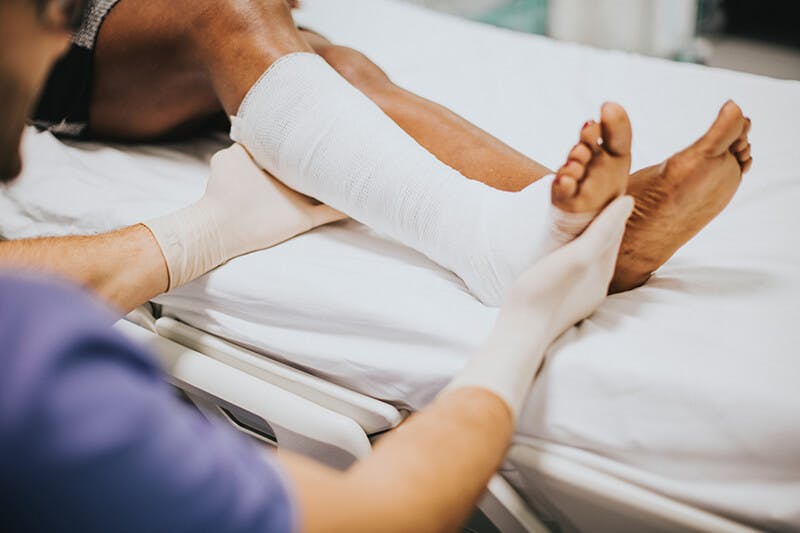Type 2 diabetes is the adult-onset version of diabetes mellitus that stems from a combination of factors including obesity, lack of exercise, a poor diet, and genetic factors.
In type 2 diabetes, a patient develops both a resistance to insulin, a hormone used by the body to store away excess sugar, and a decreased production of insulin by the pancreas.
The result is that without careful management of diet, exercise, and daily medication intake, patients run the risk of having dangerous levels of sugar in their blood that can lead to a variety of complications.
Here are a few of the most troublesome complications that mismanagement of type 2 diabetes can lead to:
Hyperglycemic Hyperosmolar State
Patients with type 2 diabetes run the risk of accumulating too much sugar in their blood. This causes a condition called hyperglycemia, where excessive levels of sugar can cause fatigue, dizziness, excessive thirst, hunger, and urination, and blurry vision.
While hyperglycemia itself is an emergency condition that requires immediate medical attention, if left alone it can develop into hyperglycemic hyperosmolar state (HHS), where the excessive urination without rehydration will eventually send a patient into a coma and then death.
Elderly patients are more at risk of HHS, and the risk of death from HHS is between 10% and 20%, a 10 times greater risk than death from ketoacidosis in diabetic patients. Monitoring blood sugar levels and seeking medical attention when hyperglycemia initially develops are both important for preventing HHS.
Fournier’s Gangrene
Fournier's gangrene is a necrotic infection of the genitals and or perineum region that can occur when diabetes is mismanaged and poor circulation triggers the condition. Pain and redness first occurs in the area before quickly developing into gangrene that leads to tissues dying and falling off the body.
If left untreated, the infection can spread to other parts of the body, and possibly lead to loss of other body parts and even death. Recognizing the initial inflammation symptoms and seeking antibiotic treatment are critical to stopping the infection before it gets worse.
Lower Limb Amputations

Mismanaged diabetes leads to neuropathy and vascular damage that usually starts at the far ends of limbs and moves inwards. This leaves the affected body parts without sensation and loss of blood flow, which increases the chances of developing infections and ulcers of the related tissues.
Eventually, that can lead to gangrene, similar to Fournier's gangrene, which might result in a patient having to have to amputate parts of their lower limbs.
Diabetic Ketoacidosis
When diabetic patients have extended periods of low insulin, it causes the body to rely on ketones derived from fat instead of sugar. While relying on ketones for a short period of time is okay, such as in times of fasting or even keto diets, over long periods of time the elevated levels of ketones in the blood increases the acidity of the blood and leads to diabetic ketoacidosis (DKA).
DKA causes dehydration, dangerously low blood pressure, abdominal pain, frequent urination, nausea or vomiting, and rapid breathing. As DKA gets worse, the patient might become confused, and eventually will go into shock, lose consciousness, and die if left untreated. DKA is an emergency condition and should be addressed immediately if symptoms are noticed.